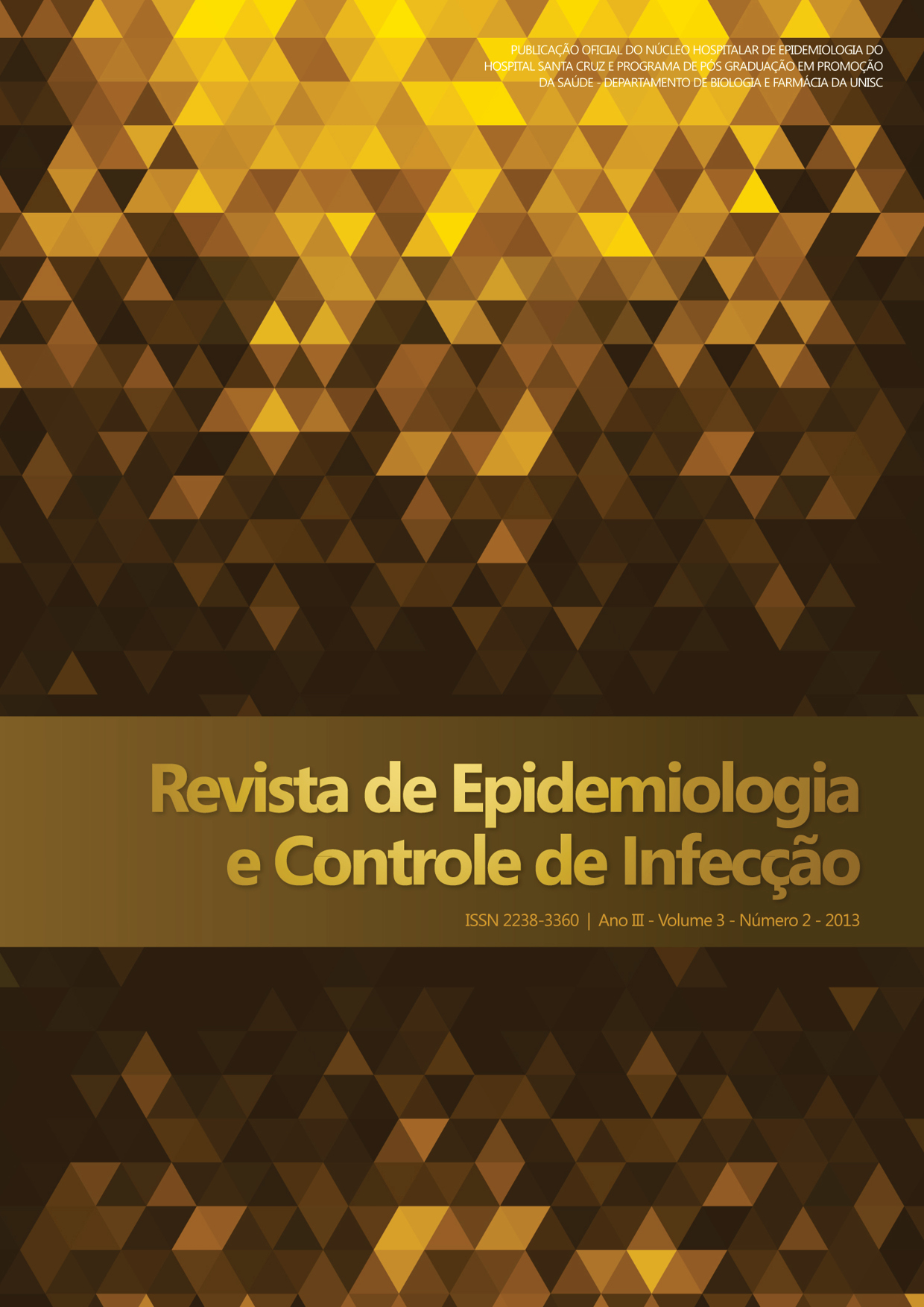Analysis of prophylatic measures performed on human rabies in Primavera do Leste/MT, 2011: review about the use of inputs
DOI:
https://doi.org/10.17058/reci.v3i3.3700Abstract
Backgound and Objectives: Prevention of Human Rabies is based on antirrábico prophylactic treatment with or without use of vaccine/serum. The indication to establish the treatment is subject to the peculiarities of the accident: type of exposure, and injury characteristics of the animal involved. The objective of this study was to analyze the epidemiological profile of human antirrábico care in Primavera do Leste/MT in the year 2011, as well as evaluating the rational use of inputs used in the program. Method: A descriptive cross-sectional study of individuals served by the municipal health units using data on Calls Human Antirrábico, part of the Notifiable Diseases Information System (SINAN) was performed. Results: Of the 224 individuals who sought care for preventive measures, 56.25 % of the cases achieved adequate treatment. Conclusion: Despite the significant value of the conduits performed correctly, there is a considerable quantity of people that do not require any treatment. Thus, the situation presented and described profile, allow us to affirm the lack of current technical standards by the health professionals involved, the low surveillance of biting animals (dogs and cats) and unnecessary inputs/public resources used in the waste program.Downloads
Downloads
Published
How to Cite
Issue
Section
License
The author must state that the paper is original (has not been published previously), not infringing any copyright or other ownership right involving third parties. Once the paper is submitted, the Journal reserves the right to make normative changes, such as spelling and grammar, in order to maintain the language standard, but respecting the author’s style. The published papers become ownership of RECI, considering that all the opinions expressed by the authors are their responsibility. Because we are an open access journal, we allow free use of articles in educational and scientific applications provided the source is cited under the Creative Commons CC-BY license.


